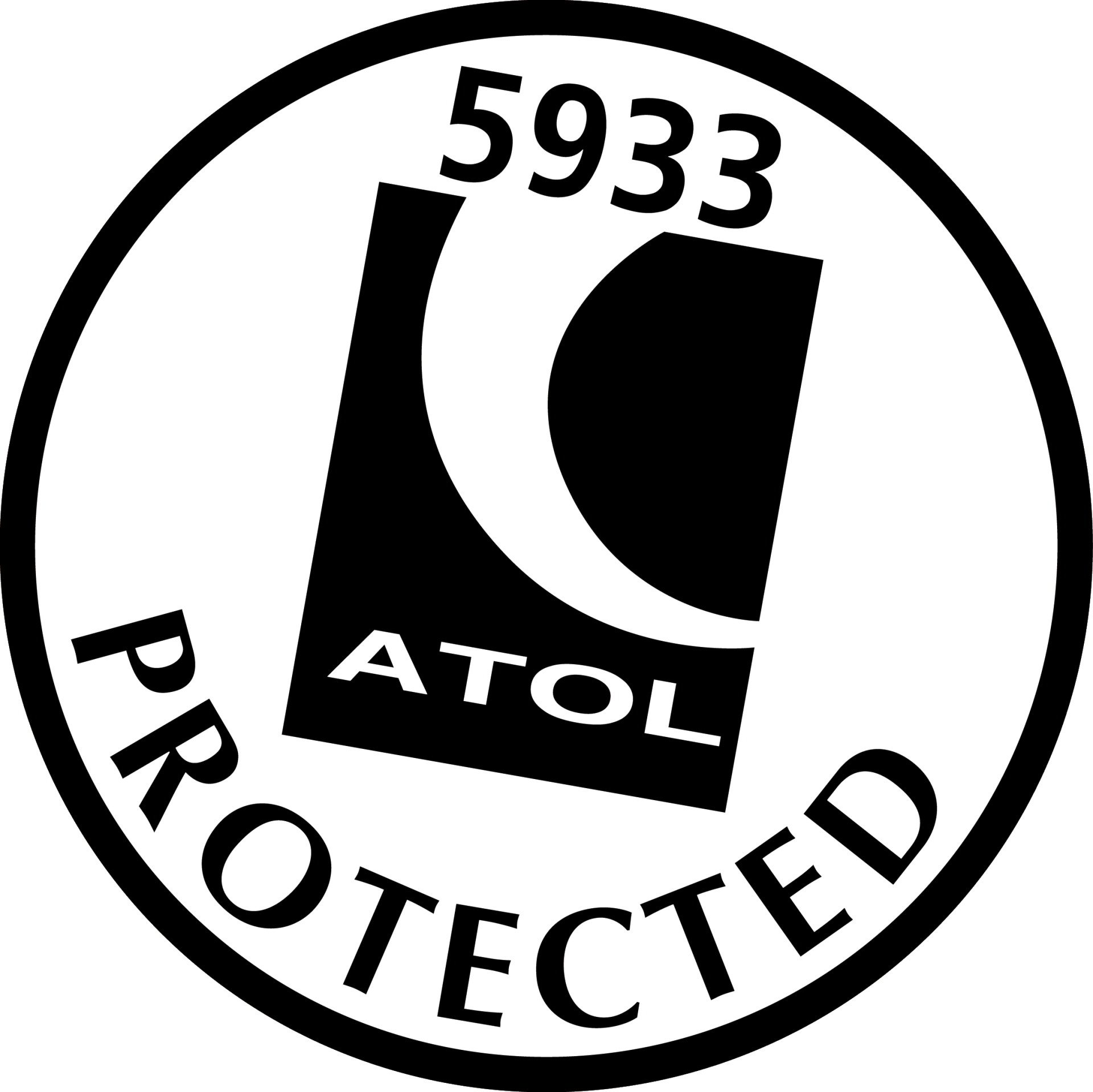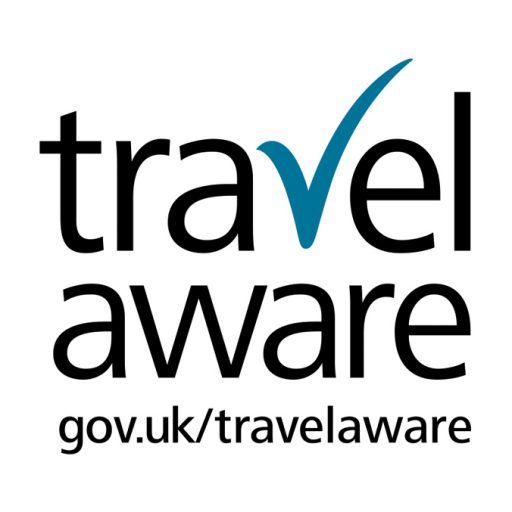
N
Agios Nikolaos
One of the most lovely locations on the island is Agios Nikolaos, which is only 60 kilometres from Heraklion, the capital of Crete. Some refer to the area as "the St. Tropez of Crete" due to its vibrancy and stunning hotels, as well as its shops and distinctively coloured streets. Discover our Agios Nikolaos trip guide without delay!
Why is Agios Nikolaos referred to as "the Cretan St. Tropez"?
Aghios Nikolaos has earned the moniker "the St. Tropez of Crete" for its upscale cafes, attractive shops, and sophisticated taverns. The village, one of the most picturesque on the island, is situated on the lovely coast of Mirabello and is surrounded by mountains to the east. It is built around an inner lagoon (Lake Voulismeni).
The harbour is filled with colourful fishing boats during the day, and at night, the sea reflects the lights of the taverns and restaurants. There are bars, shops, and a few charming churches lining the city's winding, tiny streets.
Nighttime at Agios Nikolaos
In Agios Nikolaos, the evening is a wonderful hour. You may safely roam around the town because all the stores stay open late, and restaurants line the lake and the harbour. Save part of your sightseeing for the evening if it's too hot during the day.
Start your search for nightlife in Agios Nikolaos by taking a journey around the lake, past the eateries, and on to the illuminated shrine at the lake's far end. Near this end of the lake, keep an eye out for ducks. If you want, you can stroll down the port and out around the point to the Kitroplateia beach, passing countless restaurants en route.
At the Wednesday Street Market, stock up
Every Wednesday, a charming street market opens up on one of the winding side streets in Agios Nikolaos. The street market, conveniently located close to the Santa Marina Hotel, is teeming with sellers offering the finest fruits and vegetables and just about anything else you could possibly need.
The booth vendors are a welcoming group who will be happy to let you sample some of the feta, olives, almonds, and other products they are selling from the area. There are also many options for cheap and cheerful (often known as low-quality) products if you've blown out a flip-flop or ruined a T-shirt.
The market opens quite early and closes around one o'clock.
Shop a little bit
You may find anything you're looking for in Agios Nikolaos, from trendy clothing and jewellery to straightforward souvenirs.
28is Oktovriou, a pedestrian street behind the port and the lake, is one of the best locations for travellers. Here, you can discover a variety of shops that appeal to tourists. Even a little food store is present, particularly useful if you rent an apartment nearby. Along the port area's waterfront, there are other stores.
Activities in Agios Nikolaos
Visit the Cretan Olive Farm to learn all about olives.
This is the location to go if you are curious about the production of the great olive oil you've been experiencing in your meals. You can take a tour of the farm and discover everything there is to know about growing olives. There are displays in several languages, and there are also interesting videos that are worth watching.
A nice family day trip from Agios Nikolaos is to the Cretan Olive Farm. Here, you may take cheese-making classes, create your own clay pots on a pottery wheel, or even learn how to cook Cretan cuisine.
Each activity costs money, or you may purchase a Cretan Culture Panorama Pass that covers everything.
You will undoubtedly feel the urge to seek other options after a few days. It's not that Agios Nikolaos isn't worth seeing; on the contrary, there are several sights nearby... But what should be done about the village of Agios Nikolaos?

1. Appreciate the Agios Nikolaos streets
Probably the first thing you'll do when you get there. I'll start with the city's harbour, which is both beautiful and colourful. Small blue boats and sailboats coexist. Likewise are stores, eateries, pubs, and cafes.
On a beautiful day, Agios Nikolaos resembles a miniature Greek paradise due to the abundance of colourful residences in the town's centre.
Button
2. Rent a boat with or without a skipper.
Treat yourself to the pleasure and elegance of a trip to the sea in such a location. Discover Agios Nikolaos from the sea and its crystal-clear blue waves with family, friends, or other loved ones. The link below has everything you need, including sailboats, catamarans, motorboats, and even schooners!
Button
3. Voulismeni Lake
The Greek name for this village is Ágios Nikólaos, or Áyos Nikólaos. You will frequently need to climb up and down. But what really gives Agios its distinct personality is this settlement in the middle of the island and these hills.
The lovely and enjoyable stroll around Lake Voulismeni. You will encounter small bridges, plants, street art, and boats.
Button
4. Learn about Spinalonga.
The island of Spinalonga, located 15 kilometres from Agios Nikolaos, is another uncommon sight. Spinalonga is a distinctive peninsula in the world, situated off the fishing community of Elounda.
First of all, it has been transformed into a castle with a magnificent view of the Mediterranean Sea. We recommend this location for its history because it is completely walled in but also has clear waters to explore. The fortress island of Spinalonga, constructed by the Venetians in 1579, has long guarded Elounda. Before the 18th-century Turkish invasion and the first half of the 20th-century development, the area became a "leper island."
Button
5. Go to Elounda.
If you decide to visit Spinalonga's fortifications, you might as well make a stop in Elounda, which is just over the way. The location, like Agios Nikolaos, is never more gorgeous than on a blue day. It is a fishing village like so many others in Crete and Greece, yet it is so wonderful.
As the sun beats down on the turquoise seas surrounding the bay, the old houses in the village show out in all their vibrant colours. Elounda is also a popular tourist attraction with its traditional Greek stores and eateries. A location where you can unwind and shift your surroundings.
Button
6. The greatest beaches in and around Agios Nikolaos
Although Havania Beach, Kitroplatia, and Almyros Beach are all excellent beaches that Agios Nikolaos provides its residents and visitors, getting the most out of Agios Nikolaos and its surrounds will require some travel.
Therefore, don't be afraid to walk a few hundred meters or several kilometres outside the Cretan city to go to the lovely beaches of:
Ammoudi Beach is a small, occasionally congested beach with clean water, excellent sand, and, most importantly, a lot of water sports.
Ammos Beach, a lovely and extremely peaceful Mediterranean beach, is where you may play in the sand, hire a deckchair and an umbrella, and eat in one of the many beachside restaurants.
Clear seas at Ammoudara Beach should be avoided in the summer. Very lovely beach, surrounded by food and drink, of course.
If you don't have a car and don't mind a little bit of walking, head down the coast for approximately 15 minutes to Almyros Beach if you want a bigger beach than the ones in town. The beach is part of a protected nature reserve and is flanked by tall, swaying grasses. It is sandy on the eastern end and stony on the western end. This one is one of the few beaches in Crete with a freshwater stream feeding into the ocean.
Although the local sea is warm and shallow, you may just take a plunge in the river for a cool refreshment. Views of the eastern highlands will probably cause you to lose focus on the book you've been reading.
Food and drinks can be obtained at the tiny beachside restaurants, and sunbeds and umbrellas can be rented. Free parking is available, and getting to the beach is simple.
7. Explore the Lasithi Plateau.
Away from the coast, agriculture is primarily practised on territory that is not too rocky and rugged. The Lasithi plateau, a plain reaching 840 meters above sea level directly below Agios Nikolaos, is one of Crete's most productive regions.
It is notable for its white-sailed windmills, which are used to pump underground water for irrigation, as well as for its rural communities, orchards, and fields cultivating potatoes and grains.
8. Visit the Diktean (Psychro) Cave underneath.
Head below to the Diktean Cave if the scorching Cretan heat has burned your skin and you need a rest. Zeus, the King of the Gods, is said to have been born in this cold, damp, stalactite- and stalagmite-filled underground wonderland. Diktean Cave, sometimes called Psychro Cave, is one of Crete's 3,000 caverns. Over 6,000 years have passed since humans first entered this cave.
The cave comprises five antechambers, each with a unique charm and various sizes. The cave saves the best for last, with a magnificent lake at the very bottom, like a great showman. The lake area is covered in enormous stalactites and stalagmites. There is a little alcove at the lake's far end, and the legend is that this is where Zeus was born.
You should include a trip to this cave in your exploration of the Lasithi Plateau.
7. Explore the Lasithi Plateau.
Away from the coast, agriculture is primarily practised on territory that is not too rocky and rugged. The Lasithi plateau, a plain reaching 840 meters above sea level directly below Agios Nikolaos, is one of Crete's most productive regions.
It is notable for its white-sailed windmills, which are used to pump underground water for irrigation, as well as for its rural communities, orchards, and fields cultivating potatoes and grains.
8. Visit the Diktean (Psychro) Cave underneath.
Head below to the Diktean Cave if the scorching Cretan heat has burned your skin and you need a rest. Zeus, the King of the Gods, is said to have been born in this cold, damp, stalactite- and stalagmite-filled underground wonderland. Diktean Cave, sometimes called Psychro Cave, is one of Crete's 3,000 caverns. Over 6,000 years have passed since humans first entered this cave.
The cave comprises five antechambers, each with a unique charm and various sizes. The cave saves the best for last, with a magnificent lake at the very bottom, like a great showman. The lake area is covered in enormous stalactites and stalagmites. There is a little alcove at the lake's far end, and the legend is that this is where Zeus was born.
You should include a trip to this cave in your exploration of the Lasithi Plateau.
9. Visit Vai for a single day (Palm Beach).
Palm Beach (Finikodasos), which is 96 kilometres east of Agios Nikolaos and might be Crete's most unique beach, is a well-liked day trip destination.
One of the largest palm groves in Europe, the beach is a stunning stretch of fine golden sand that stretches into a blue sea. The beach is surrounded by a dense "forest" of over 5,000 palm trees. Up until a Bounty chocolate bar ad was filmed here in the 1970s, the beach was unheard of and undeveloped.
The beach is located in a region controlled by a nearby monastery on the isolated east coast of Crete. Thank goodness no hotels or other tourist attractions have ever been built on this site.
The road is winding, narrow, and in some places, has poor pavement, so the trip from Agios Nikolaos takes more than two hours. Outside of peak season, between June and September, when excursion buses are few, it is at its best.
Agios Nikolaos Cliff Diving
One of the world's most thrilling and stunning sports is cliff diving.
For fans of this sport, Crete, and especially the village of Agios Nikolaos, is the perfect location.
The town of Agios Nikolaos
Eastern Crete's Agios Nikolaos is a stunning seaside community. The town's hilltop location provides stunning views of the ocean and mountains.
It is a contemporary tourist destination with spacious hotel rooms, immaculate beaches, and breathtaking scenery.
You can find quiet and moments of leisure at Agios Nikolaos. The locals are incredibly friendly and welcoming. They will truly embrace you if you come here.
You can sample traditional Cretan cuisine at Agios Nikolaos and take part in local festivities.
The city's central lagoon, "Voulismeni," is stunning. Its waters are deep. Tall cliffs also surround the lagoon. As a result, the municipality of Agios Nikolaos now annually hosts a cliff diving competition with the help of the Crete region and other local bodies and groups.
Going to Agios Nikolaos and renting a car is definitely worthwhile. You will have experiences that you will never forget.
The Event
The picturesque setting of Lake Voulismeni in Agios Nikolaos has hosted a three-day sporting and artistic event for the past four years.
At the end of June, the contest begins. It begins on Friday with athletes performing test dives and ends on Sunday with a grand closing ceremony. Crete lies at the "heart" of the tourist map thanks to risky dives, music, dance, and hundreds of spectators.
"Agios Nikolaos Cliff Diving" is more than just a sport diving competition. It is a cultural, social, and multi-sensory spectacle taking place in the "Voulismeni" lagoon in the heart of Agios Nikolaos.
Thousands of locals and visitors to the island throng the businesses and public spaces surrounding the amphitheatric lake of Voulismeni to take in the extraordinary diving spectacle.
The races feature top athletes from throughout the world. Athletes hail from a variety of countries, including England, Russia, America, Spain, Brazil, Switzerland, Australia, and Denmark. They have very high technical and physical training as they perform dives and pirouettes from a diving board located 20 meters above sea level. As a result, there is fierce competition and a very high level of both adrenaline and energy.
Along with the actual races, nocturnal displays are stunning and feature pyrotechnics, lights, lasers, and other events.
In addition to the games, many creative and cultural events are going on. Traditional Cretan music, dance groups, modern music and dance streams, drums, violins, and even a classical soprano voice come together to make a unique and unheard-of show.
The closing ceremony
The closing ceremony was beautiful, and the organizers promised an even greater and more impressive celebration next year.
Collectively, athletes are plunging into the water from the rocks. Bright explosions fill the sky with colour.
However, the "final titles" are not presented at the closing ceremony but rather much later, near Ammoudi Beach. There is a feast with the best Cretan food, lots of ice-cold beer, farewells and appreciation, hugs, kisses, and dancing.
All of the competitors, organizers, and volunteers who helped make the event a success renew their "appointment" there for the upcoming summer with one another and, especially, with their beloved Agio Nikolao.




